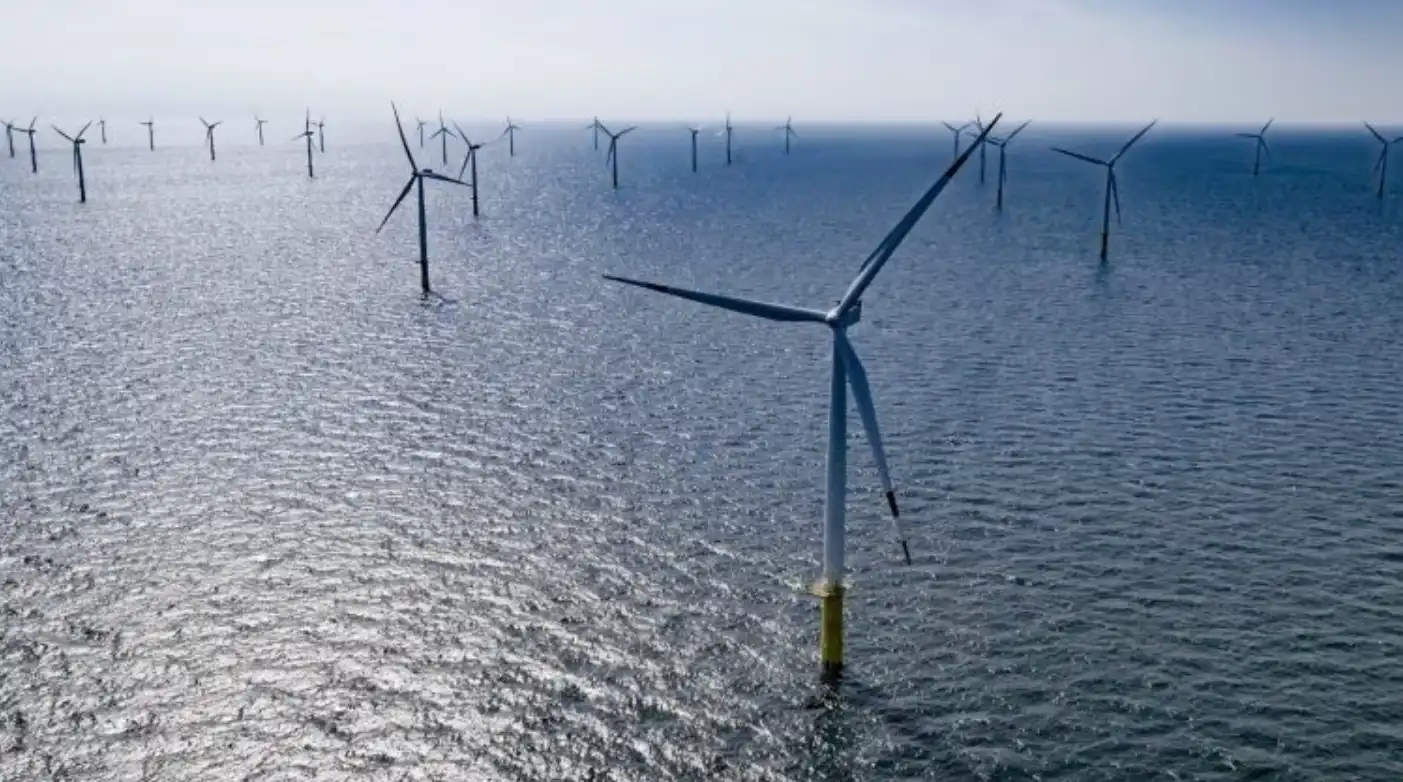OMNI Features|bp to Take Full Ownership of Beacon Wind US Offshore Projects and Convey Interest in Empire Wind to Equinor / Launch of Thailand's Utility Green Tariff (UGT) Scheduled for February / China Sets New Record in 2023 Surpassing Global Solar Capacity
OMNI Features|bp to Take Full Ownership of Beacon Wind US Offshore Projects and Convey Interest in Empire Wind to Equinor / Launch of Thailand's Utility Green Tariff (UGT) Scheduled for February / China Sets New Record in 2023 Surpassing Global Solar Capacity
 (Photo Source: bp)
(Photo Source: bp)
|BP to Take Full Ownership of Beacon Wind US Offshore Projects and Convey Interest in Empire Wind to Equinor
bp and Equinor announced on 25th this month an agreement to restructure the ownership of their joint US offshore wind projects which, following completion, will result in bp taking ownership of Equinor's 50% stake in the Beacon Wind 1 and 2 projects and Equinor taking ownership of bp's 50% stake in the Empire Wind 1 and 2 projects. In addition, bp agrees to take ownership of Equinor's 50% interest in the Astoria Gateway for Renewable Energy (AGRE) site and, subject to certain future conditions, Equinor agrees to take ownership of bp's 50% interest in the South Brooklyn Marine Terminal (SBMT).
Beacon Wind 1 and 2 comprise a combined area of 128,000 acres in federal waters between Cape Cod, Massachusetts, and Long Island, New York. The combined potential generative capacity of the projects is in excess of approximately 2.5 gigawatts which has the potential to deliver renewable energy to over 2 million consumers in the northeastern US.
|Launch of Thailand's Utility Green Tariff (UGT) Scheduled for February
The public hearing on the Energy Ministry's Utility Green Tariff (UGT) project is expected to be held this month, with the tariff anticipated to be implemented in February, as announced by Thailand's Energy Minister Pirapan Salirathavibhaga on Jan 15.
The ministry estimates that the power price under the project, designed to promote the use of clean energy in the industrial sector, would be set at 4.55 baht per unit. This estimate is based on the suggestion of the Energy Regulatory Commission, which has previously announced project regulations and criteria for participants.
It also allows buyers to choose green power from either specified or unspecified sources to complement their goal of achieving carbon neutrality, with all power producers being certified by the ministry under international standards, Pirapan said. "Once the UTG is launched, Thailand will be the first ASEAN country to provide comprehensive services in green power for industrial use, ranging from producing, procurement and certification." Pirapan said.
Data from the Industrial Estate Authority of Thailand shows that the demand for green energy from unspecified sources among operators in industrial estates is approximately 10,000 MW.
|China Sets New Record in 2023 Surpassing Global Solar Capacity
Data released by China's National Agency last week revealed that the country's solar electric power generation capacity grew by a staggering 55.2% in 2023. The numbers highlight over 216 GW of solar power China built during the year, aiming to achieve peak emissions by 2030 and carbon neutrality by 2060. To support these ambitious goals, the government committed to constructing 1,200 GW of renewable capacity by 2030.
However, China is now on track to achieve this target a remarkable five years ahead of schedule. The monumental increase in solar power is further complemented by a 20.7 percent rise in wind power generation capacity, showcasing the country's commitment to clean energy. China installed more solar panels in 2023 than any other nation has ever built in total. The 216.9 GW of solar power the country added shattered its previous record of 87.4 GW from 2022.
Not only does this achievement solidify China's position as a renewable energy powerhouse but also eclipses the entire solar fleet of the United States, the world's second-largest solar market, according to Bloomberg. China also added 75.9 GW of wind power, to its solar-heavy portfolio. According to the International Energy Agency, the adoption of renewables reached a globally combined record of 510 GW last year.
Bloomberg reported that China continues to grapple with the challenges posed by its reliance on coal-fired power stations, which still contribute to 59 percent of the country's electricity. Although they assure that coal consumption will decline from 2025, officials argue that new coal plants are necessary to serve as backup for intermittent solar and wind generation. Nevertheless, the data reveals an increase in thermal generation capacity by 57.93 GW in the past year, raising questions about the country's dual-track approach to energy.
The surge in solar and wind installations comes with its set of challenges for China's energy landscape. Fierce competition among local manufacturers forced prices of panels and turbines to record lows, which in turn, fuelled renewable generation to record highs, outpacing the country's grid capacity and raising concerns about infrastructure limitations in certain regions.
Reference: bp|Reccessary|INTERESTING ENGINEERING
